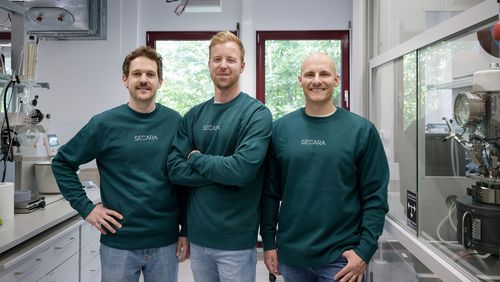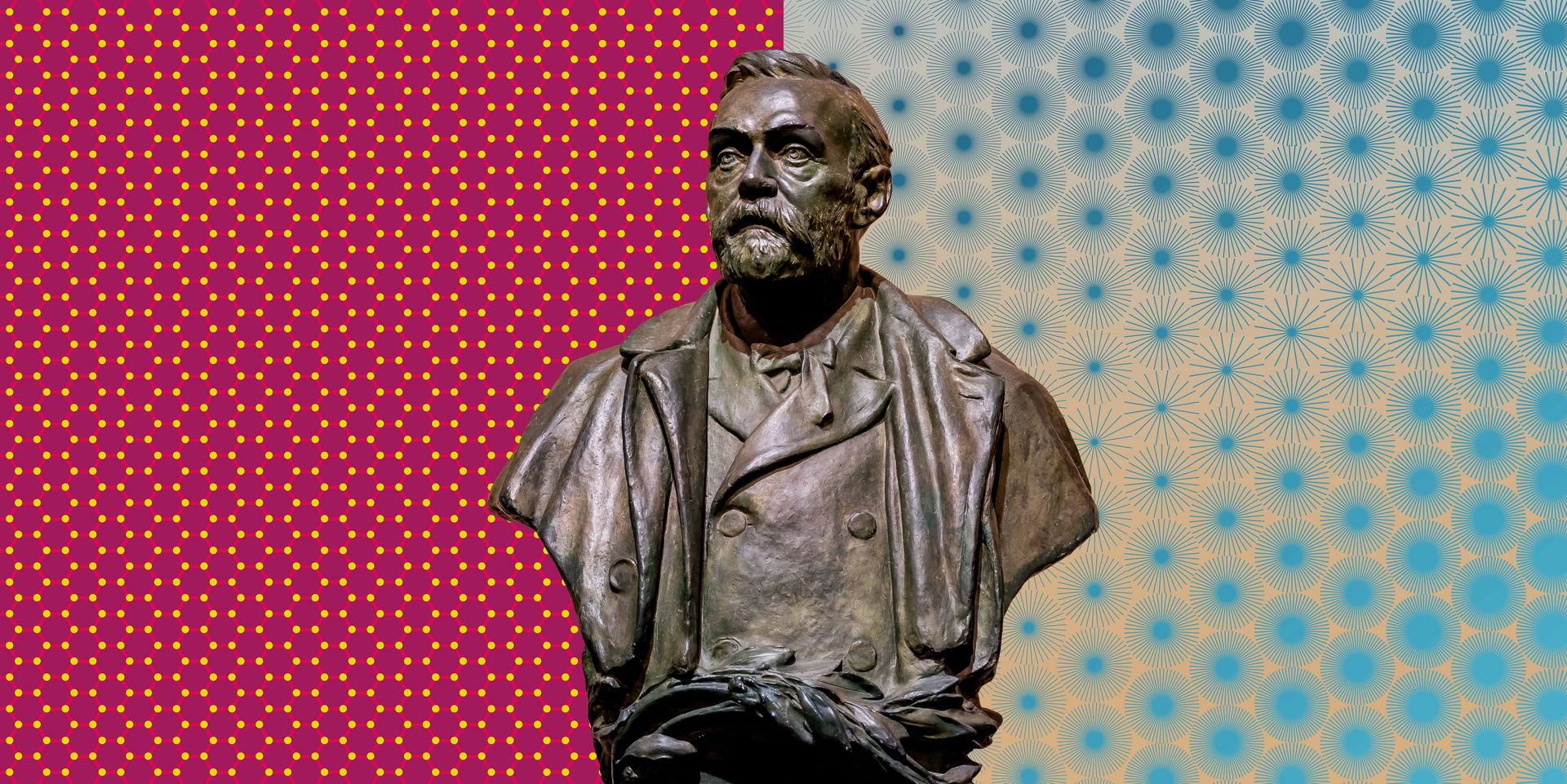
Two WSS projects based on Nobel-Prize-winning research
Starting the second quantum revolution
The 2022 Nobel Prize in physics was awarded to Alain Aspect, John Clauser and Anton Zeilinger for their ground-breaking experiments on entangled quantum states. The findings of the three researchers have been highly instrumental in initiating the “second quantum revolution”—which is at the heart of the WSS CarboQuant research project
Oliver Gröning and Roman Fasel, project leaders of the WSS project CarboQuant, on the 2022 Nobel Prize in Physics
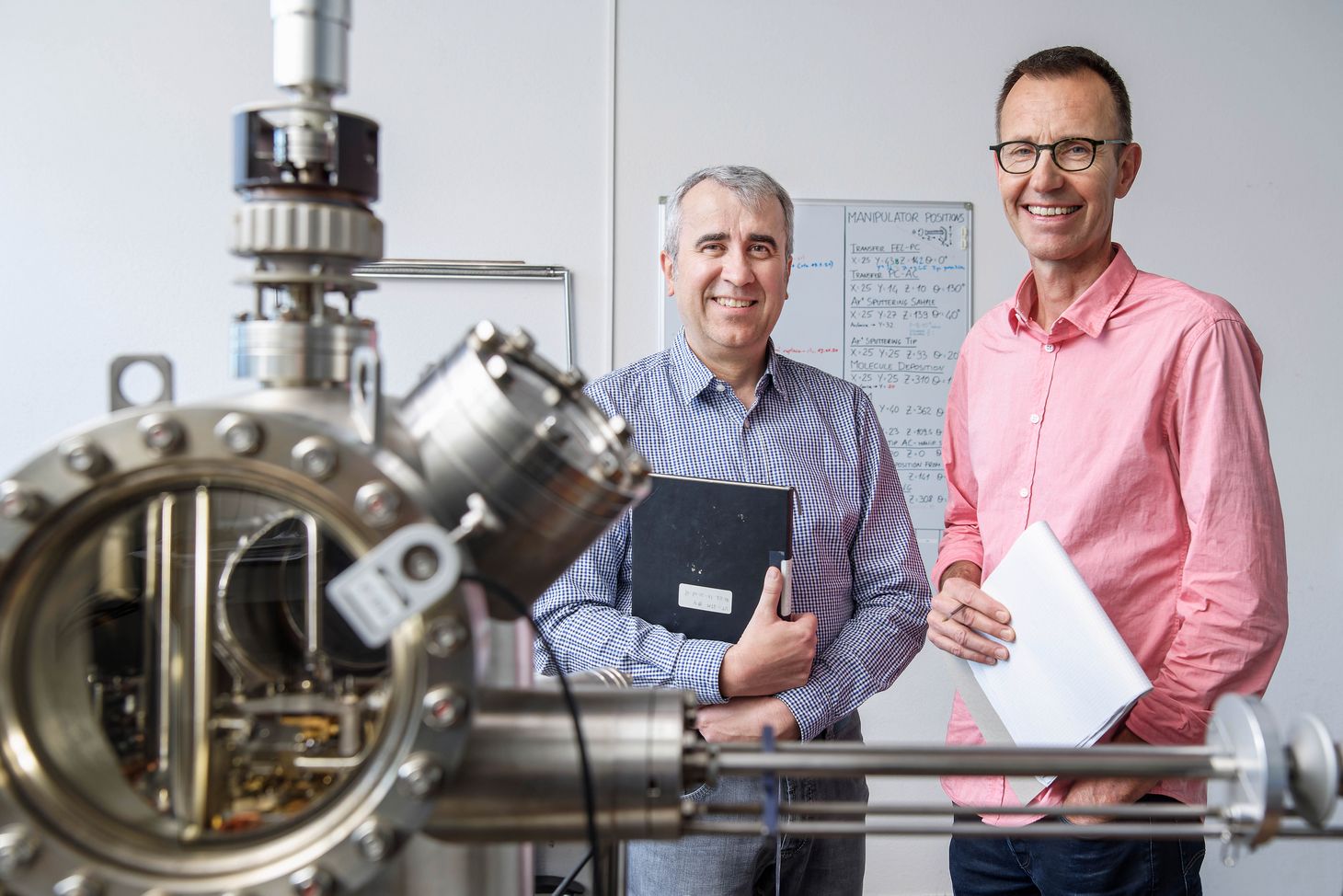
Quantum mechanics is strange—and the same can be said of how the theory came into being. Ordinarily, a physical theory begins with the detailed observation of a phenomenon. Researchers acquire an understanding of the processes involved, which they then translate into a mathematical formula. In the case of quantum mechanics, however, everything is a little different. Observations that are incompatible with the theories of classical physics are what formed the starting point. Indeed, these observed phenomena are so strange that it’s impossible to develop a conceptual understanding of their processes. So physicists more or less applied trial and error to find a formula to describe and predict what they observed in experiments. It was a desperate approach, but it was also incredibly successful: in the ensuing years and decades, researchers constructed the most precise theory in the field of physics. To illustrate: quantum mechanics today can predict measurements with a precision that, figuratively speaking, is equal to theoretically predicting the distance from Berlin to New York within a hair’s breadth.
But quantum mechanics also comes at a price. An intuitive understanding of nature as given in classical physics no longer applies. Our understanding of the smallest, innermost workings of the world is now possible only by means of mathematics and formulae. The certainty of predictions has also evaporated. Quantum mechanics can predict only the probability with which certain events will occur—but it can’t say which event will take place.
And that’s not all: seemingly absurd phenomena can be derived from the mathematical formulae of quantum mechanics. Einstein recognised this in his thought experiment with two quantum entangled particles that are separated by a distance of light years. In his argument, Einstein said quantum mechanics would predict that, should the state of one of the particles suddenly change, the other particle would, with no delay, adopt a corresponding state. This would mean the “agreement” between the two particles occurred faster than the speed of light—an idea that Einstein, throughout his life, rejected.
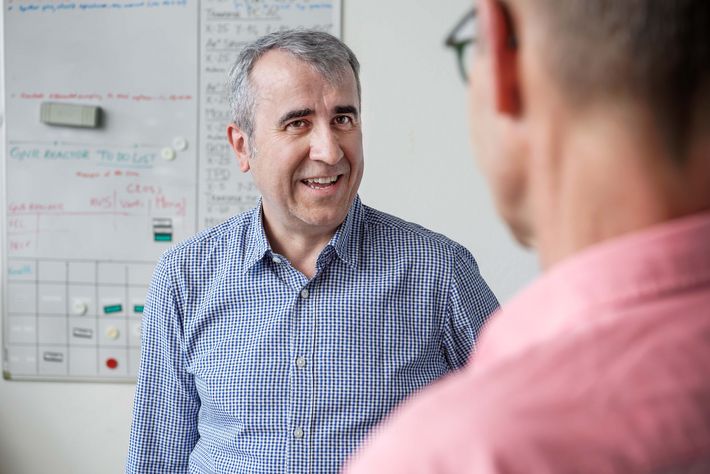
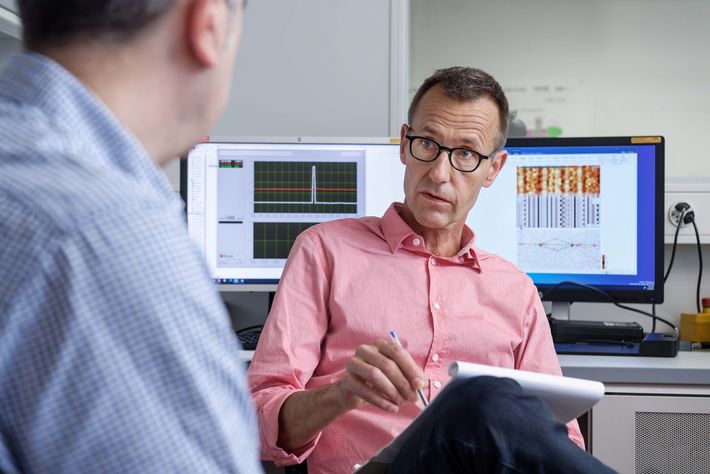
The great achievement of Alain Aspect, John Clauser and Anton Zeilinger is that they conducted highly virtuoso experiments to verify this peculiar effect—which is derived from quantum mechanics formulae—and thus prove that it is indeed real. With these findings, they not only made a huge contribution to the theory of quantum mechanics; they also showed that it’s possible to control the oddity. In doing so, they laid the cornerstone for the second quantum revolution. Now, researchers throughout the world—including the team in our WSS-funded CarboQuant project—are seeking ways to harness the strangeness of the effects and use it in technical innovations like quantum encryption, quantum sensors and quantum computers. In their pioneering experiments, the three Nobel laureates worked mainly with light and the polarisation of the photon as a carrier of quantum information. In CarboQuant, we use electrons and their spin to achieve quantum entanglement, enabling them to “coordinate” their actions in line with quantum mechanics.
One more thing: although the thought experiment Einstein deemed absurd was indeed proven correct by the three Nobel laureates, their work also revealed that the two entangled particles can’t be used to transmit information faster than the speed of light. As such, Einstein, too, was right in a way—quantum mechanics and the special theory of relativity are compatible. But still today, nearly one hundred years after its inception, quantum mechanics remains a mystery, and we haven’t yet managed to grasp the fundamental reality hidden behind its formulae.
The reconstruction of ancient DNA
This year’s Nobel laureate in physiology and medicine is Leipzig-based Swedish geneticist Svante Pääbo, who was awarded the prize for his discoveries on human evolution and extinct relatives of present-day humans. Pääbo discovered the Denisovans, an early species of archaic humans, and he was the first to sequence the genome of the Neanderthal. His work forms the basis for the WSS palaeobiotechnology project in which researchers are seeking natural substances with antibiotic properties in prehistoric dental plaque.
Pierre Stallforth and Christina Warinner, project leaders of the WSS project palaeobiotechnology, on the 2022 Nobel Prize in Physiology or Medicine
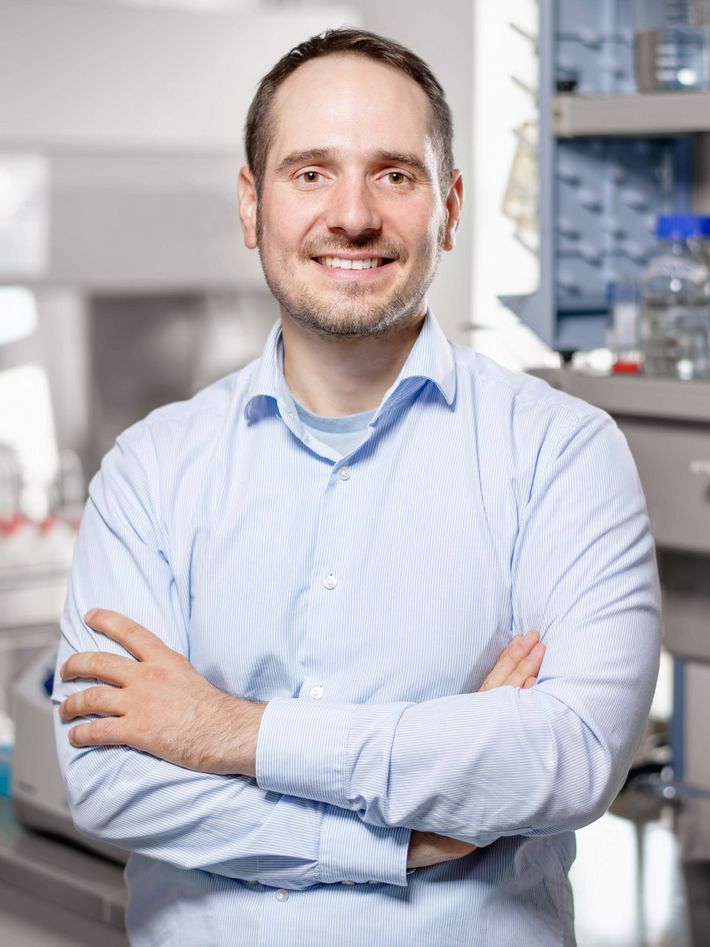
Forty years ago, the prospect of successfully reconstructing the genomes and the encoded biological functions of extinct organisms seemed extremely remote, closer to science fiction than a potential reality. Later, even when scraps of DNA were successfully purified from museum specimens, it came only with enormous cost and effort, and the idea of sequencing an entire ancient genome—billions and billions of DNA base pairs—seemed impossible. In the 1990s, even as “Jurassic Park” thrilled moviegoers around the world, few scientists were willing to embark on a research program with so many challenges and with such a remote chance of success—no matter how great the rewards would be.
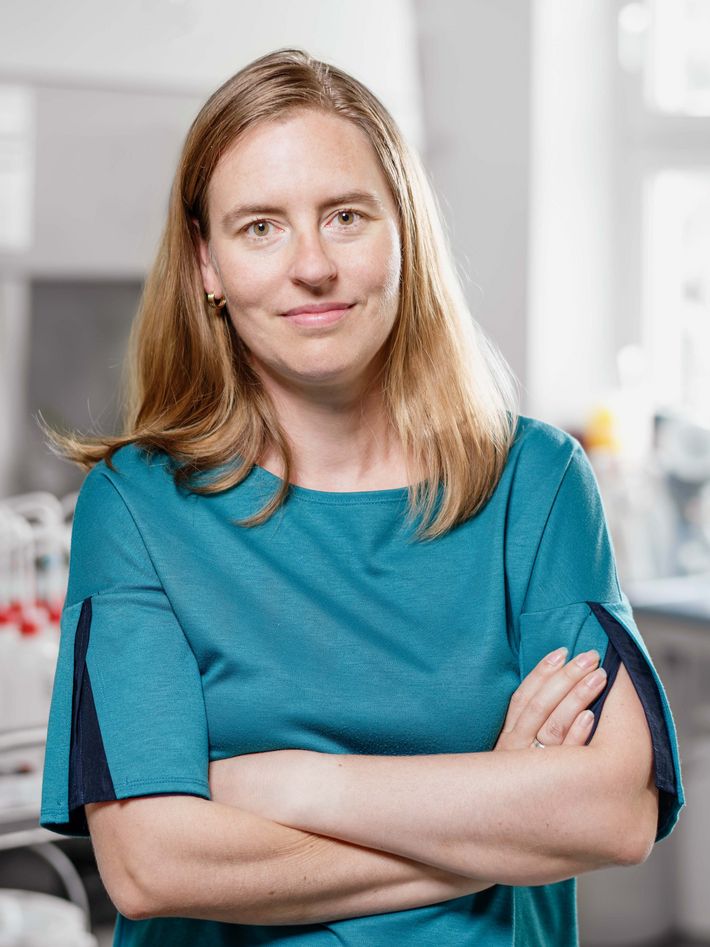
But Svante Pääbo was different. Undeterred, he assembled some of the finest minds in molecular biology, population genetics and palaeoanthropology and took on the most ambitious project ever conceived in the field of evolutionary anthropology. His research team would go on to not only successfully sequence the Neanderthal genome, but to invent the technologies to do so. And then discover an entirely new but extinct species of the genus Homo, the Denisovans, and rewrite human history. Not satisfied to rest on these unprecedented laurels, Svante Pääbo then embarked on a grand new quest to understand what the genomic differences between humans and Neanderthals actually mean, discovering that humans and Neanderthals hybridized multiple times, and that a near complete Neanderthal genome can be assembled from the tiny fragments that persist in human genomes today.
When examining those small snippets of Neanderthal DNA in our genomes today, Pääbo and his team discovered that one of the legacies we have inherited from Neanderthals is an enhanced susceptibility to the SARS-CoV2 virus, an inheritance with profound implications for humanity during the 2020 coronavirus pandemic, and Pääbo’s work on Denisovans led to the discovery that the adaptation of some human populations to extreme high altitude first originated among Denisovans.
The impact of Svante Pääbo on the field of palaeogenomics is profound, being both inspiring and empowering. The discipline has rapidly expanded, and the field of ancient DNA now extends far beyond Neanderthals, and even humans, to the study of ancient animals, plants, and even microbes. In particular the study of ancient microorganisms has enabled the tracing and impact of epidemics and diseases, such as the plague or tuberculosis, throughout human history. It was within this milieu that dental calculus was identified as an exquisite source of well-preserved bacterial DNA. The sheer amount of material and the degree of preservation facilitated sequencing the genomes of microorganisms found in the oral microbiomes of individuals that lived more than 100,000 years ago.
The WSS-funded palaeobiotechnology project makes use of exactly this fact, while also going one step beyond the in silico analysis of ancient DNA. It answers the question of whether ancient functions can be reconstructed and regained from that DNA. To this end, researchers in the transdisciplinary team are identifying enzymatic machines encoded in ancient bacterial DNA that enable the microorganisms to produce antibiotics. Based on the synthesis of these genes and their subsequent incorporation into “modern” bacterial hosts, the otherwise hidden, possibly even lost, diversity of chemical structures can be made accessible.
![[Translate to English:] Bei Wirbelsäulenversteifungen setzen Chirurgen meist Pedikelschrauben aus Titan in die Wirbelkörper und verbinden sie mit Metallstäben.](/fileadmin/_processed_/2/9/csm_01-spinplanner_5477fa3028.jpg)
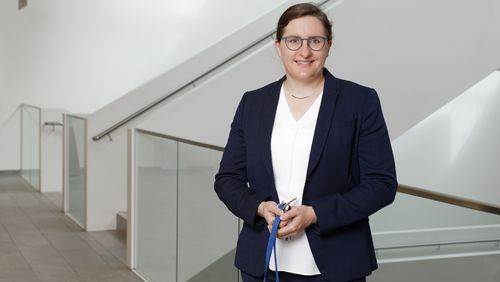
![[Translate to English:] Wenn Passatwinde im Golf von Panama das warme Küstenwasser aufs Meer hinausschieben, strömt aus 300 bis 400 Metern Tiefe kühles, nährstoffreiches Wasser nach.](/fileadmin/_processed_/b/a/csm_01-WSS-News-Seibold-upwelling_a08a676efb.png)
